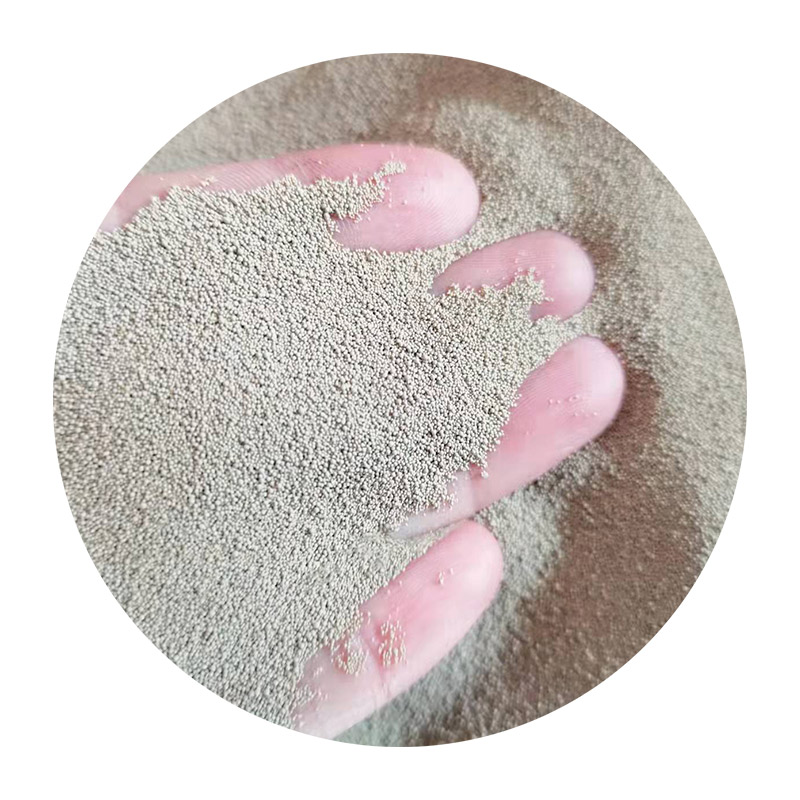The Art of Sanding in 3D Printing
3D printing technology has revolutionized the way we create objects, from prototypes to final products. However, while the printer can create stunningly intricate designs, the final result often requires additional finishing touches to achieve the desired aesthetic and functional qualities. One of the most important post-processing techniques in 3D printing is sanding. This article will explore the significance of sanding, the techniques involved, and the tools required to get the best results.
The Importance of Sanding
Sanding plays a crucial role in enhancing the overall quality of 3D printed models. When an object is printed, it is typically created layer by layer, which can result in visible layering lines and surface imperfections. These imperfections can detract from the appearance and feel of the object, making it look less polished and professional. Sanding helps to smooth out these rough patches, creating a more uniform surface.
In addition to visual improvements, sanding can also enhance the physical properties of 3D prints. By reducing surface roughness, the finished object can achieve better fit and function, especially in applications where tolerances are critical. For instance, if a part will be assembled with other components, a smooth surface can ensure a better mating fit.
Techniques for Sanding 3D Printed Objects
There are several techniques that can be employed when sanding 3D printed parts. The choice of technique largely depends on the material of the print and the level of detail required.
1. Hand Sanding This is the most common technique used for sanding 3D printed models. It involves using sandpaper of various grits to manually smooth out the surface. Starting with a coarse grit (around 80-120) helps to remove larger imperfections. Gradually moving to finer grits (up to 2000 or beyond) helps to achieve a polished finish.
3d print sanding

2. Power Sanding For larger or more complex pieces, power sanding tools such as rotary tools or sanding drums can save time and effort. These tools allow for quick material removal and can be more efficient than hand sanding, particularly on flat surfaces.
3. Wet Sanding This technique involves using water or lubricant along with sandpaper. Wet sanding can help reduce dust and provide a smoother finish. It’s especially useful for plastics and resin prints, as it minimizes the risk of clogging the sandpaper and overheating the material.
4. Sanding Blocks and Profiles Using sanding blocks can provide better control over the sanding process. For curved or detailed surfaces, sanding sponges and specialized shaping tools can help maintain the contour of the design while still achieving a smooth finish.
Tools and Materials Required
To effectively sand 3D printed parts, a few essential tools and materials are needed
- Sandpaper A variety of grits ranging from coarse to fine (80, 120, 220, 400, 800, 1200, and 2000). - Sanding Tools Sanding blocks, rotary tools, or power sanders for efficiency. - Safety Gear Dust masks and goggles are essential to protect against inhaling fine particles and debris. - Lubrication Water or specialized sanding liquids for wet sanding.
Conclusion
Sanding is an indispensable step in the 3D printing process, transforming a rough print into a smooth, polished final product. By investing time and effort into proper sanding techniques, you can greatly enhance both the visual appearance and functional quality of your 3D prints. Whether you are a hobbyist or a professional, mastering the art of sanding will elevate your 3D printing projects to new heights. Ultimately, the quality of your finished product can set it apart in a rapidly growing industry, making mastering this technique well worth the effort.
Post time:Dec . 10, 2024 23:52
Next:адрозненне паміж выліваннем пяску і выліваннем інвестыцый
